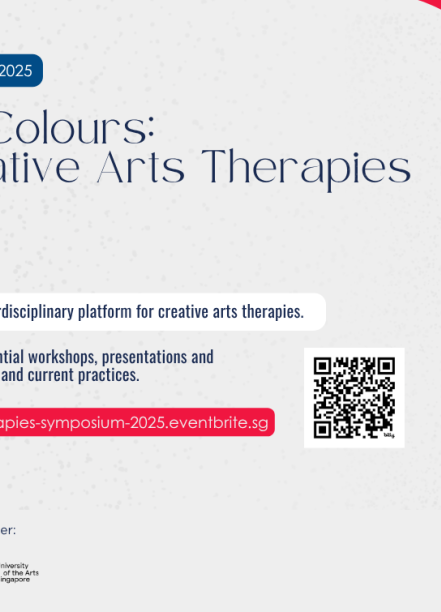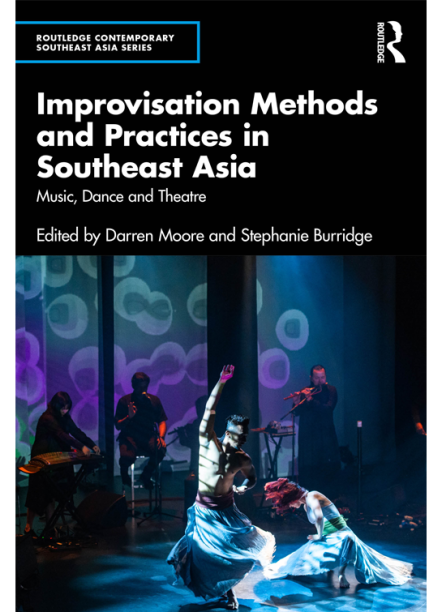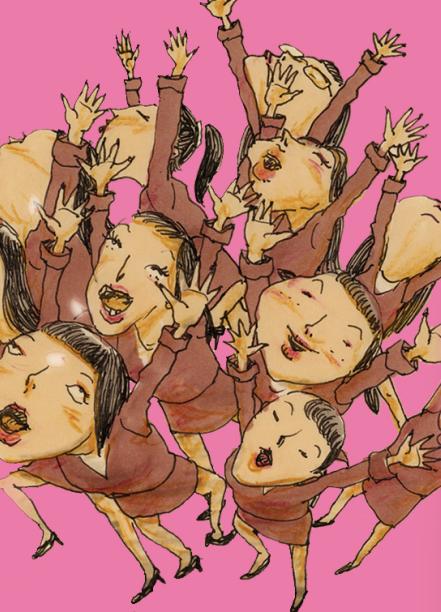Date
19 September 2018
Type
SeminarSpeakers:
Dr Harah Chon, Lecturer MA Design, LASALLE
Kiven Strohm, Assistant Professor of Anthropology, National University of Singapore
Zarina Muhammad, Lecturer Fine Arts, LASALLE
Experience and the Design Object
Dr Harah Chon
The intentionality of design, as an epistemic activity, provides a link between the object of experience (design) and the experience itself (interaction). Design can be conceptualised within the four orders of symbols and images; physical artefacts; actions and activities; and environments and systems. However, as a fundamental human activity, experience becomes the means by which design concepts are understood and meanings are established. Using the example of a design project developed around the Japanese concept of “nama” (生), this presentation will introduce key design structures. It will also elucidate how design concepts are formulated, embodied, communicated, interpreted and experienced. A framework will illustrate how the perceived affordances of design participate in the explication of meanings through the experience of the object.
Immanent Matter and the Unfinished Present in the Settler Colony
Kiven Strohm
In this seminar, I want to consider ways in which the settler colonial situation of Palestine/Israel creates a messy settler colonial subjectivity not bound to the rigid binarism of native/settler but something other. Taking up Tate LeFevre’s proposal that “the eliminatory logics of settler colonialism are also generative […] producing the materials and possibilities of its own unsettlement” (LeFevre 2013, 138), I explore this generative force, or what I will call, following Deleuze and Guattari, a line of flight, by turning to the artworks of a group of young Palestinian artists living and working in Israel. In turning to these artworks my aim is to articulate how each offers a mode of nativism no longer tethered and bound to an oppositional cultural and national identity. Rather, animating these works of art is remediation of the “everyday” whose most striking feature is an unambiguous complicity with the settler colony. Unlike the primordial artefacts of the nativist that can easily be slotted into various cultural and national agendas, these artworks are best thought of as remediations, or what might be called fictions or fabulations of the everyday. As such, they call to us, asking us to take notice but do not provide a script. Finally, I will conclude by returning to the question of fatalism by posing the figure of the “speculative native”.
Between Myth, Magic, Mayhem and the Everyday”: Repositioning Myths of the Desired, Demonised and Shapeshifting Body
Zarina Muhammad
Across Southeast Asia, varying hues of animistic and folk/magico-religious beliefs continue to contribute to the vastly heterogeneous forms of spiritual practices. One of the general features of animistic Southeast Asian or Austronesian cosmology is the proliferation of spirits – nature spirits, ancestors and ghosts of all kinds. This talk will examine the contested histories, texts and definitions of the ways magic, myth, mysticism and the seen/unseen have been imagined and represented. Drawing on my interdisciplinary research and performance-based practice, I will focus on repositioning magic/performance as a tool of resistance and as a way of reclaiming what has been vilified and maligned, particularly the colonised, demonised/demonic gendered and non-binary body. Questions pertaining to the relevance and appropriateness of appropriation of these belief systems in the context of visual art and performance will be addressed. How can we consider categorising, archiving, cataloging the past and (re) constructing history? How can we consider the ways the cultural worker/producer comes into a convergence with the everyday, the social, material, political, sacred, spiritual and transcendental realities of this region, amidst a world of multiple and contending modernities?



